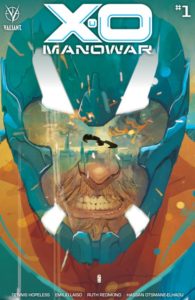 Trunk Bubbles Review: X-O Manowar (Vol 5) #1
Trunk Bubbles Review: X-O Manowar (Vol 5) #1
Story: Dennis “Hopeless” Hallum
Art: Emilio Laiso
Colors: Ruth Redmond
Letters: Hassan Otsmane-Elhaou
Published By: Valiant Entertainment
Cover Price: $3.99
Super quick recap if you don’t know who X-O Manowar is:
Visigoth warrior prince Aric of Dacia was abducted, along with several members of his clan by a race of plant-like aliens called The Vine, hundreds of years ago. After several years of captivity, Aric manages to escape and steal The Vine’s most powerful weapon: a legendary suit of armor called Shanhara. Chaos ensues due to Aric’s inexperience with Shanhara’s powers and rocketed back to earth. However, there was a problem. Time is a big ball of wibbly wobbly time-y wime-y stuff, therefore, the Earth he left is not the same he returns to, since hundreds of years had passed. As a result, we now have a very interesting dichotomy: an ancient, warrior-minded Visigoth prince, wearing a super powered high-tech alien armor, bent on destroying his enemies and trying to reclaim the land that was his by royal right. Think of him as a mixture of Captain America (a man out of time), Thor (deity of a warrior race) and Iron Man.
Now, outside of the pages, X-O’s publication history has been a bit chaotic. Originally created by legendary authors Jim Shooter, Steve Englehart, Bob Layton and Barry Windsor-Smith for Valiant Comics, the character and title have had their fair share of revamps, leading up to its most recent iteration in the third volume of X-O Manowar published by the company now called Valiant Entertainment.
This first issue puts our hero and the reader in the middle of a space battle, wasting no time with introductions or recaps, but instead using expository dialogue between Aric and Shanhara as a way to introduce the character and his world to new and seasoned readers alike. I have to admit I missed most of the previous volume of the series, and I was surprised by the fact that Aric and Shanhara now have actual conversations, since in previous volumes Shanhara was sentient, yes, but silent. These interactions will help both Aric and the reader to get through the rest of the story, providing information and character development.
Another thing that surprised me was Aric´s behavior as a “lost in the present” hero, which might work for the character and the story, if you forget the fact that Aric has been around in our time for a while, and already has had lot of contact with other people, fought against other heroes and villains from the Valiant Universe – like Ninjak and Toyo Harada, for example- and was even part of a superhero team himself in the pages of Unity; and there isn’t any indication that this is a complete or soft reboot for the character. However, if you are new to X-O Manowar, you might catch up really quick and still enjoy the book, since the writing is solid and the characters have a distinctive voice.
The artwork is good and uses a clear, traditional super hero narrative with overlaid panels, splash pages and character that break the boundaries of the panel to emphasize action and drama when needed, and resorts to cleaner panel layouts for conversations and interactions between Aric and the rest of the regular human cast of the book.
Although this first issue was released on March 2020, you are still on time to grab a copy –physical or digital – and wait a couple of months for #2, which was scheduled for an April release, but has been pushed back for November due to the COVID-19 lockdowns. And in the meantime, you can also look for previous volumes of the series, available in affordable trade paperbacks, deluxe hardbacks or convenient digital collections published by Valiant Entertainment.


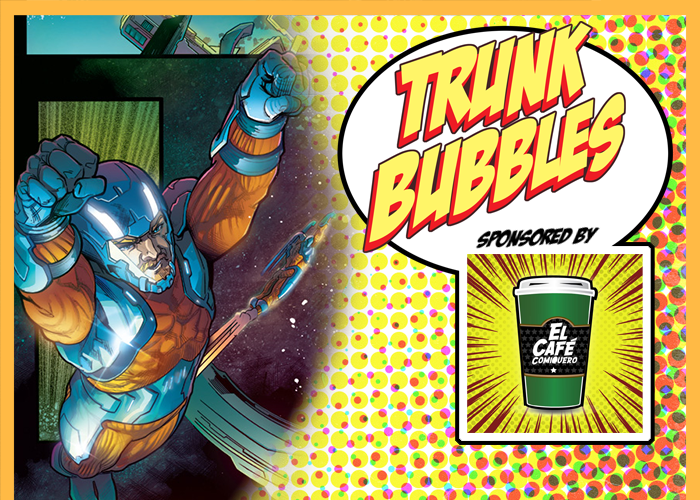

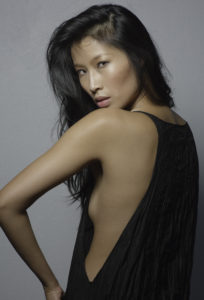
 life and explore it artistically. The makeup, hair and costume department did such an amazing job creating my look. And working together as a team, I ended up discovering some of the character’s history. For example, the different makeup on each eye. It started as we were doing testing makeup on different eyes, and the whole team ended up loving the asymmetric look. So, Hilde had one soft look on one eye, and a harder look on the other, which worked with the hair too! The look inspired me to discover Hilde’s duality. Hilde’s past being soft and feminine didn’t serve her well in that world. Hence, she becomes the hardcore, sleek, efficient killer you see now. She only lets down her guard in front of Blut. So, every day, her soft eye is a reminder to her to stay focused and her hard eye shows her determination. Overall, it was plenty of fun because we were given room to create and explore!
life and explore it artistically. The makeup, hair and costume department did such an amazing job creating my look. And working together as a team, I ended up discovering some of the character’s history. For example, the different makeup on each eye. It started as we were doing testing makeup on different eyes, and the whole team ended up loving the asymmetric look. So, Hilde had one soft look on one eye, and a harder look on the other, which worked with the hair too! The look inspired me to discover Hilde’s duality. Hilde’s past being soft and feminine didn’t serve her well in that world. Hence, she becomes the hardcore, sleek, efficient killer you see now. She only lets down her guard in front of Blut. So, every day, her soft eye is a reminder to her to stay focused and her hard eye shows her determination. Overall, it was plenty of fun because we were given room to create and explore!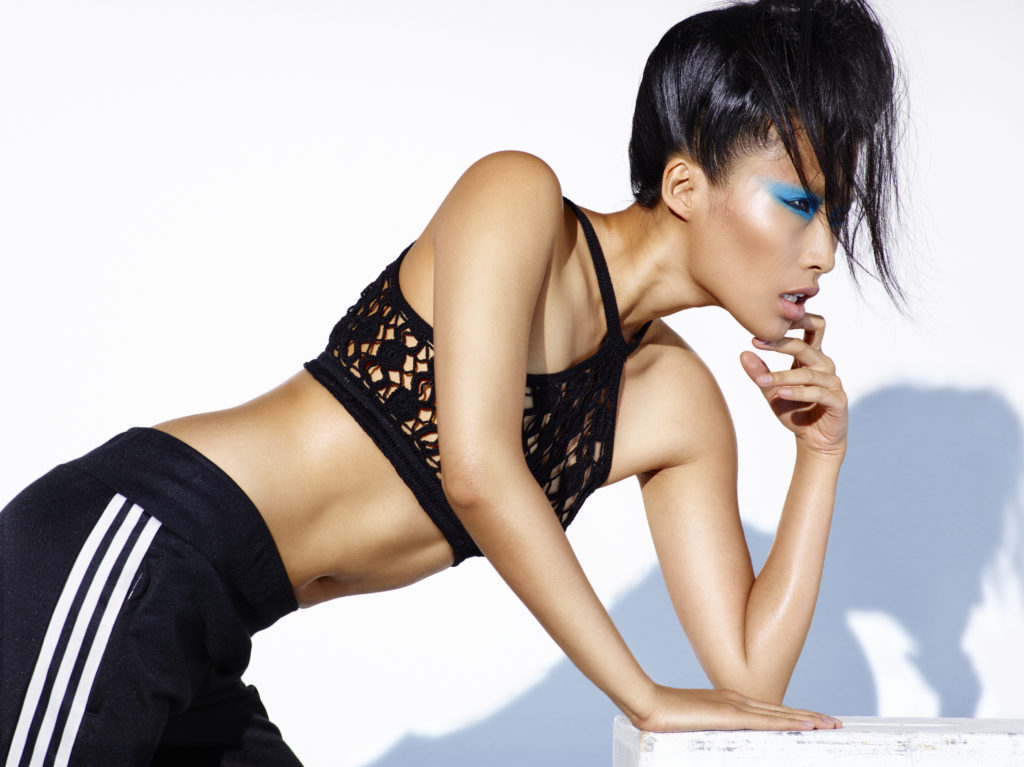
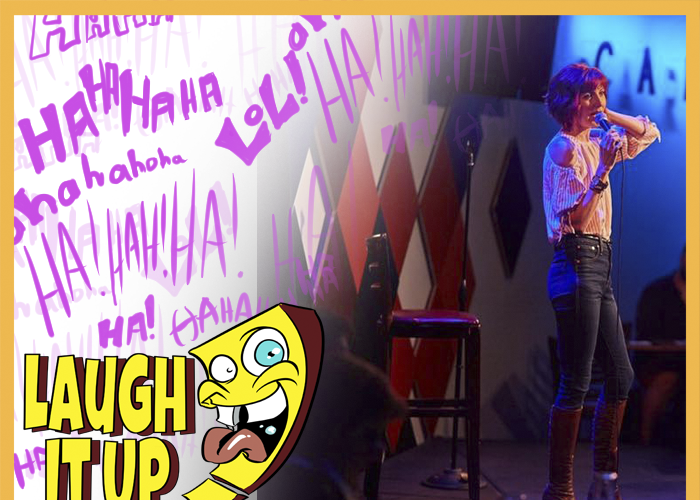
 Name
Name into itself or would you consider them two completely different acts?
into itself or would you consider them two completely different acts?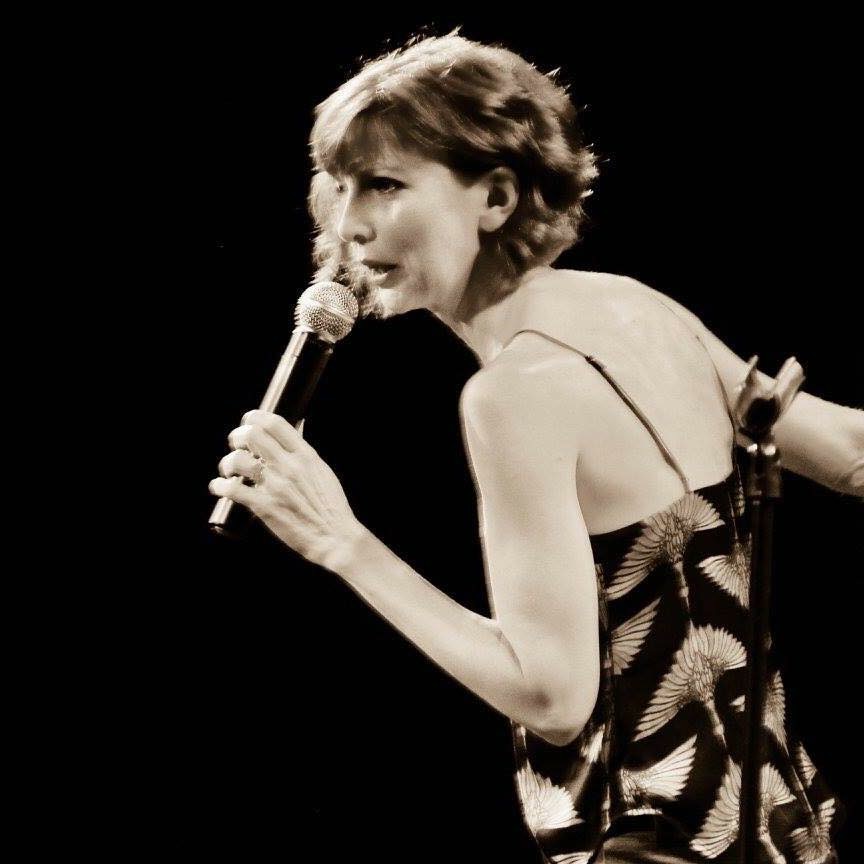 TrunkSpace: How do you handle hecklers? What approach do you take?
TrunkSpace: How do you handle hecklers? What approach do you take?
 Name: Brendan Krick
Name: Brendan Krick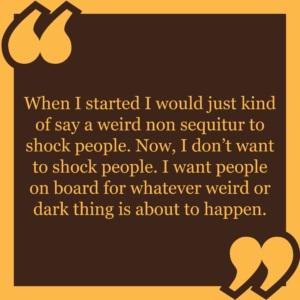
 TrunkSpace: What is your most memorable performance experience (good or bad!) that will stick with you for the rest of your career and why?
TrunkSpace: What is your most memorable performance experience (good or bad!) that will stick with you for the rest of your career and why?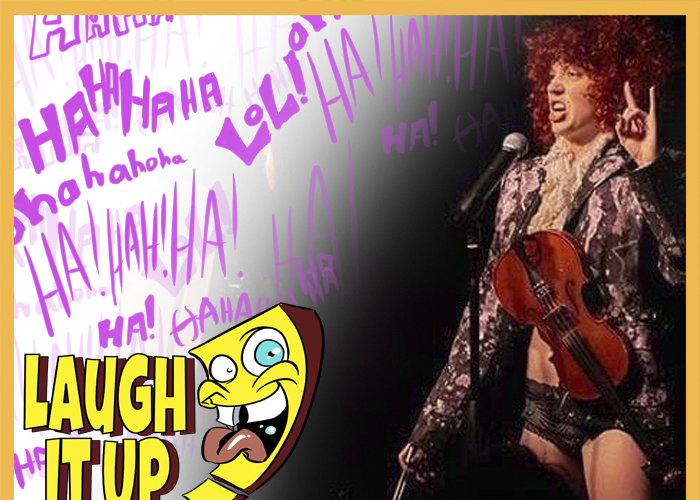
 Name
Name material?
material? TrunkSpace
TrunkSpace